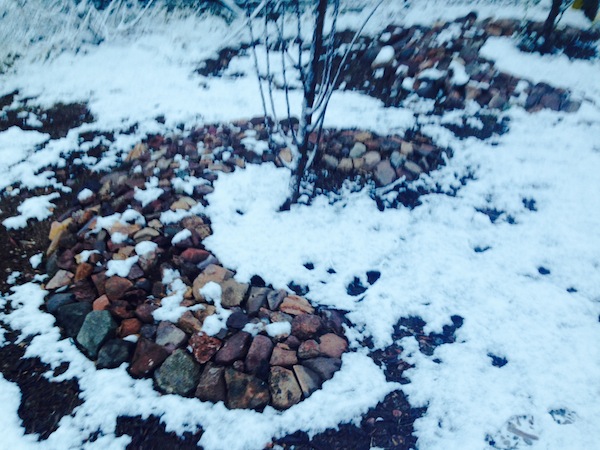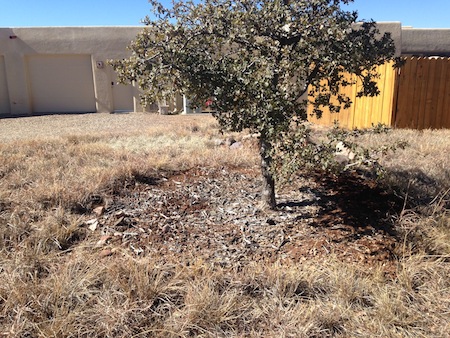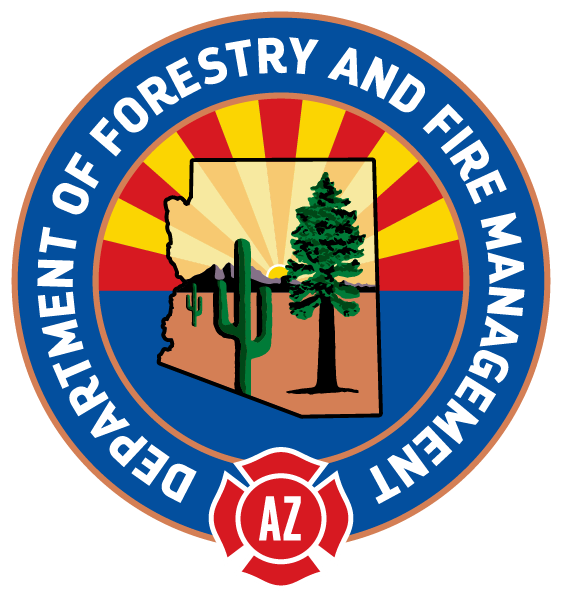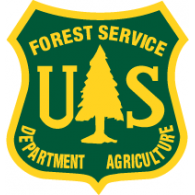Start with Passive Water Harvesting Click Here for a PDF of Start with Passive Water HarvestingLarge amounts of rainfall and runoff can be harvested directly into depressions shaped in the soil, a strategy that is called passive water harvesting. Depressions, basins and swales are water harvesting structures that collect and hold water until it infiltrates into the ground. In addition to harvesting rainfall, they also harvest soil and organic matter carried by water, reduce erosion, hold mulch in place and help infiltrate graywater and other water supplies. Passive water harvesting structures and design You can construct passive water harvesting depressions in many different shapes, sizes and locations to work with your land conditions and the water needs of trees. Depressions can be placed in low spots where water already collects; along gentle land slopes where rainwater naturally flows; and next to roofs, sidewalks, driveways, streets and other hardscapes that yield runoff water. Follow passive water harvesting design principles to develop the best plan for your edible tree site. Once passive depressions are in place, trees can be planted within depressions or next to them. The roots of trees placed next to depressions will grow toward nearby soil moisture. Trees planted within depressions should be placed on raised soil mounds or terraces to keep standing water and mulch away from tree trunks. To encourage tree growth, you can shape and size depressions to soak water into the soil where roots are actively growing—the drip line of the tree. Since trees get larger over time, expand water harvesting areas outwards as trees grow, or size water harvesting areas for full-grown trees from the start, with smaller inner basins to water smaller seedlings. When increasing the water harvesting area for a growing tree, be careful not to disturb tree roots. Adding a dirt berm above ground around a depression on flat land, or adding a raised berm downslope of an existing basin on a slope, can harvest more water over a larger area without subsurface disturbance. Seeing the “skeletons” of common water harvesting depressions helps in understanding their shape, function and construction, and the application of the passive water harvesting design principles. Several basic water harvesting structures are shown here, including simple depressions, basins with berms and contour swales with berms—along with options for tree planting locations. For all types of passive structures, do not compact the soil in the infiltration area where water collects and soaks into the ground. Berms should be significantly wider than they are tall, and should be firmly compacted. To discourage mosquito breeding, basins should infiltrate water within one day. Apply mulch to reduce evaporation from soil. Digging is easier when soil is slightly moist. The dimensions and depths of basins and swales are determined based on site-specific conditions and water needs of plants. More Information about the many different types of water harvesting structures is provided in resources listed at the end of this section. |
PASSIVE WATER HARVESTING DESIGN PRINCIPLES
|
Simple depression. Simple depressions are indentations in the ground that retain rain that falls directly on them and any water that flows downhill toward them. Dig them in existing low spots or dig a new depression on flat ground. Remove the soil you dig out and use it to build paths or provide other useful functions at the site. Simple basins retain rainwater, leaf drop and mulch. They can be constructed at many scales, suitable for a single tree or many trees. |
Simple depression constructed on a flat area on top of a hill, planted with an oak tree. Only rain that falls directly over the depression is harvested. |
Basin with berm. When water harvesting is conducted on slight slopes, adding raised berms on the downhill side of a basin increases the volume of water that can be harvested. Construct berms using the soil that is removed from the basin. Berms should be wider than they are tall and well compacted. Berms can be “armored” with rock to reduce erosion that can result from intense or prolonged rainstorms. Basins with berms capture direct rainfall and localized runoff. The larger the land area flowing to a basin, the larger and stouter the berm should be. Larger structures will need an overflow spillway constructed in the berm to route surplus water safely out of the basin. Multiple basins can be arranged on slopes so that water from one basin overflows to the next lower basin. Zigzag the alignment of basins to elongate the flow path of the water and increase infiltration into the soil. | A basin with a berm harvests both direct rainfall and runoff from the slope just above it. |
Water harvesting depression with berm is planted with an apple tree (in winter dormancy). A ring of hardware cloth can be added around the base of the tree to keep mulch several inches away from the tree bark. | Tree placement options. |
Contour swale with berm. To intercept large volumes of rainwater runoff on slopes, water harvesting structures can be built along a contour of land—a line of equal elevation. Dirt excavated from the depression is placed downhill to shape a wide sturdy berm. The bottom of the swale should be level to spread water evenly. Indent overflow spillways in the berm to guide excess water safely out of the swale to another swale or basin constructed at a lower elevation. Lining the spillway with rock can help "armor" the spillway from erosion by overflow water. When determining where and what type of passive water harvesting structures to incorporate into an edible tree planting design, start by observing where water flows and pools. It is helpful to show this information on a site map, which can also be used to calculate how much rainwater falls on your site. For more information on mapping water flow, and determining how to incorporate passive water harvesting in your tree planting design see CHOOSE - Water Resource Strategy. |
|
Newly constructed contour swale with berm (spillway is present but not visible in this photo). Planting comes next, then mulch will be added to reduce evaporation loss from the soil. |
|
ADDITIONAL RESOURCES Design and construction of passive water harvesting areas: Brad Lancaster, Rainwater Harvesting for Drylands and Beyond, Passive Water Harvesting Brad Lancaster, Rainwater Harvesting for Drylands and Beyond. Water Harvesting Calculations Watershed Management Group resource library Water Harvesting Guidance Manual PDF download, City of Tucson |
CAUTION: Never eat anything that is not properly identified. It is your responsibility to ensure that all fruits, nuts, seeds, pods and other edible products of trees and shrubs are correctly identified and safe to eat before eating them or serving them to others.
Copyright 2023
LEAF is under the fiduciary stewardship of the Arizona Community Tree Council, a 501(c)3 non-profit organization.
70 S Val Vista Drive, Suite A3-186, Gilbert, AZ 85296

 An apple tree planted in a small passive water harvesting basin. Mulch retains moisture and adds nutrients. The basin also harvests snow. As the tree grows, the basin can be enlarged to infiltrate water at the drip line of the tree.
An apple tree planted in a small passive water harvesting basin. Mulch retains moisture and adds nutrients. The basin also harvests snow. As the tree grows, the basin can be enlarged to infiltrate water at the drip line of the tree.





